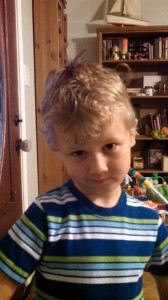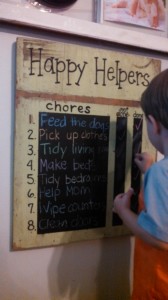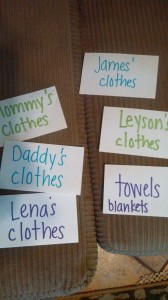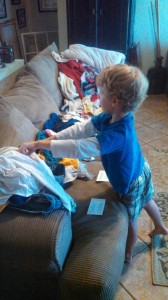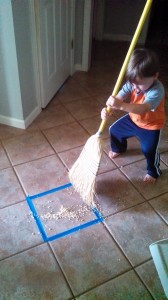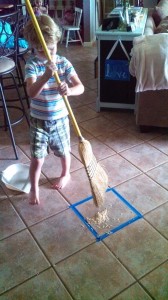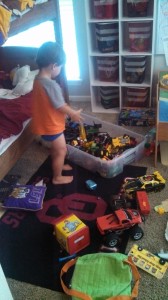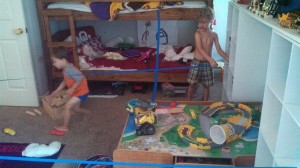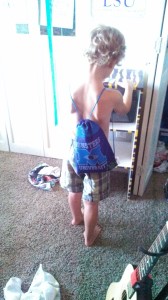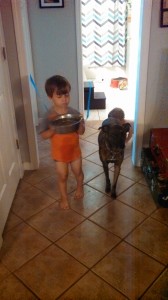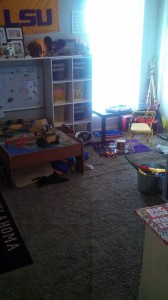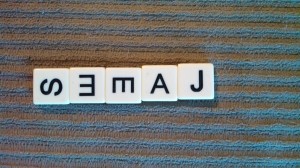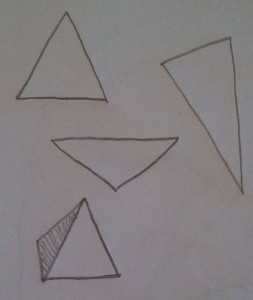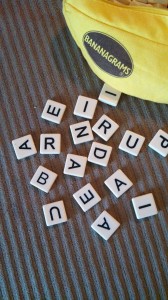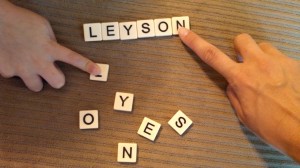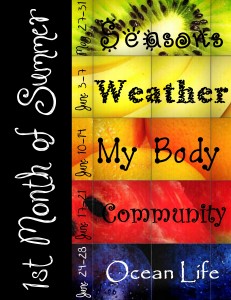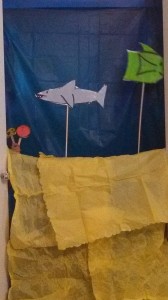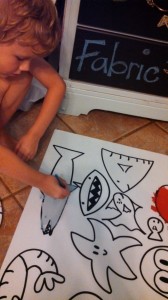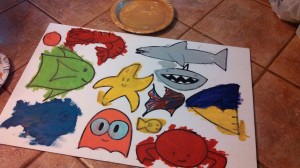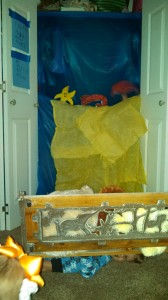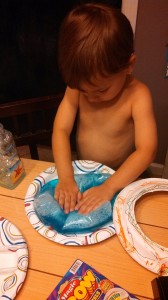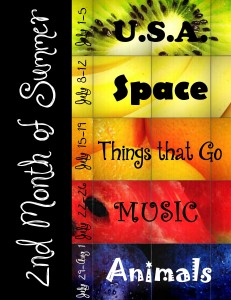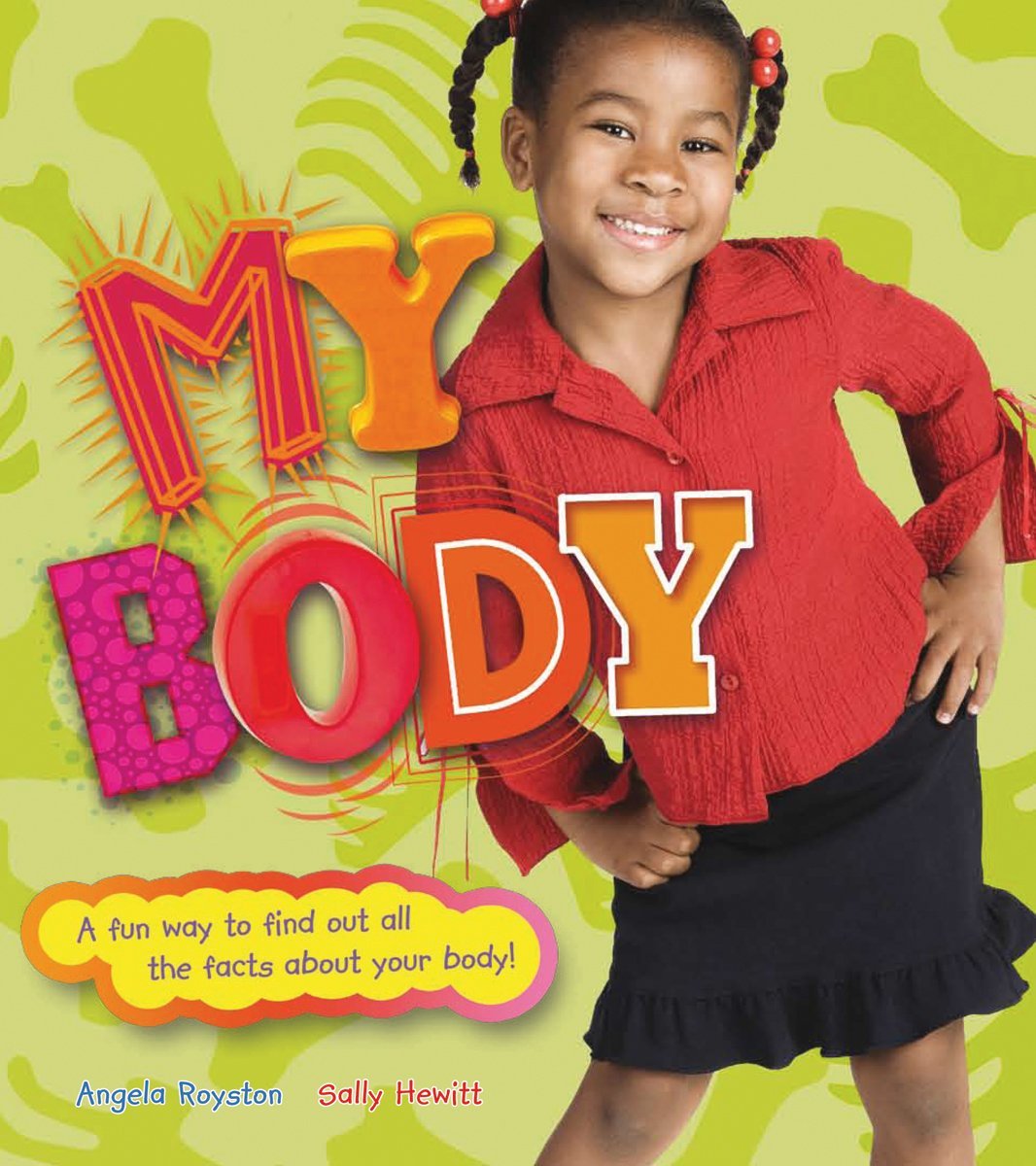Parent: “Who’s there?”
Child: “Interrupting kid.”
Parent: “Interrupting ki…”
Child: “Moooooooom!”
Have you ever felt like you cannot ever finish a sentence with another adult without having one of your kids jumping in with, “Hey, Mom?”
This happened to me just last week… on several occasions… at the store, at a play date, at the post office, on the phone, while trying to talk to my husband… I just kept getting cut off!
By the end of the day, I was fuming. There are only so many times you can hiss out of the corner of your mouth, “Shhh… just a minute…” while simultaneously giving the “Mommy glare” while also simultaneously smiling and continuing your conversation with the bank teller.
Grrr! My kids KNOW better! Or do they? I mean, I told them not to interrupt me the last time they interrupted me and then lectured them in the car until we arrived at our next destination where, sure enough, they interrupted my oh-so-important adult conversations yet again! They KNOW better! Right?
Well, do YOU? Did you know that the car flying across the room was THE coolest thing to ever be witnessed by anyone on the face of this Earth? Did you know that doing a spin-jump-kick is a feat that no other child has ever done before? Did you know that one of your children is looking at his/her sibling??? Did you know that these things miraculously only happen when you are on the phone? Did you? Did you? DID YOU? Huh, Mom??? MOM???
There are several different Mommy reactions to these constant interruptions:
1. Ignore the child and talk louder.
2. Mommy glare the child and apologize to the other adult for the child’s rude behavior.
3. “Shhhhh… Mommy’s talking… go play…”
4. Immediately stoop down, “What is is baby?” while cutting off the adult you are speaking to.
5. Or the annoyed Mommy, “Whaaaaat, kid?”
I have not only witnessed all of these reactions, but am also guilty of them. I do not think that any of these are appropriate reactions to, “Mom, Mom, Mom, Mom, Mom, Mom, Mom…” but you know, in the moment, well, we’ve all been there…
When my children interrupt me it just drives me crazy, so since it drives me crazy, I decided to fix it! ::cue “Bob the Builder” theme song::
My first year teaching, my mentor teacher gave me the best advice ever in regard to rules and procedures in the classroom, which has also been a staple in my parenting: “If something doesn’t work… change it!” Sounds simple enough, but how many times do we just put up with those annoying behaviors before working to fix the habit?
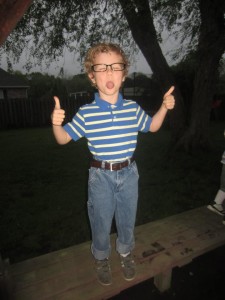 Why must my child interrupt me?
Why must my child interrupt me?
Your child sees something he/she knows that you do not see and immediately thinks, “Mom has to know about this!” That is his or her very first thought. No matter what Mom is doing, she needs to see this/take care of this/know about this. At this young age, children do not know how to prioritize order of importance, so everything is equally super important: shiny things, moving objects, Brother’s hair on fire…
How do I get my child to understand this behavior?
Define the behavior: Interrupting means that someone starts talking before the other person is finished.
Role play: Have your child begin to tell you a story and cut him/her off. Then switch roles.
Explain why interrupting is wrong: Interrupting is considered rude and disrespectful. It is hard to finish a conversation after getting interrupted.
Good interruptions: interrupting is allowed if there is an emergency.
How can we break the habit?
My son and I devised a secret code that has been working beautifully for the past week (so yes, we still have to see if it stands the test of time, but so far, so good)! Whenever I am talking and my son HAS to tell me something, he comes and holds my hand. I acknowledge that he is there to tell me something by squezing his hand back (giving him the positive affirmation and attention that he is seeking). He knows that when there is a break in conversation, I will then address him. If the other adult is still talking after a while, I periodically squeeze his hand again, and then stoop down to his level at the first appropriate break. I explained to him that Mommy also has to be respectful in conversations.
James LOVES our “secret code” and other adults have noticed and complimented him on his patience. He is proud when he remembers to come hold my hand and pastes a huge goofy grin on his face when I squeeze it back.
Of course I remind him about our secret code before running errands or arriving at a play date, but that 2 second reminder in addition to the time we took out to devise a new plan has broken that annoying habit of interrupting!
What behavior(s) or habit(s) would you like to change? Do you have any clever tricks to fix annoying behaviors?
*Note: I recommend only changing one small behavior at a time before working on another one. Trying to change several behaviors at once can actually have the opposite effect, sending your kid into change overload!

